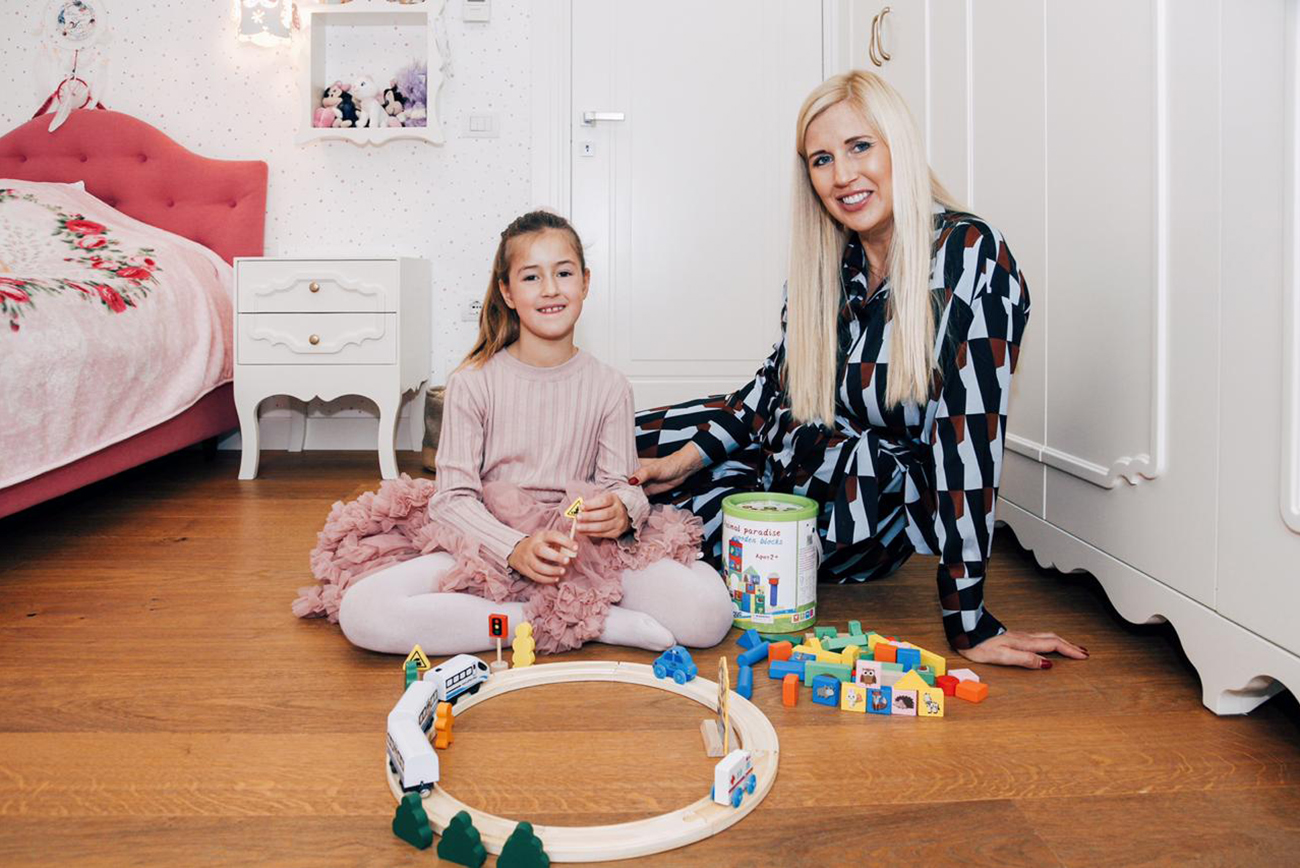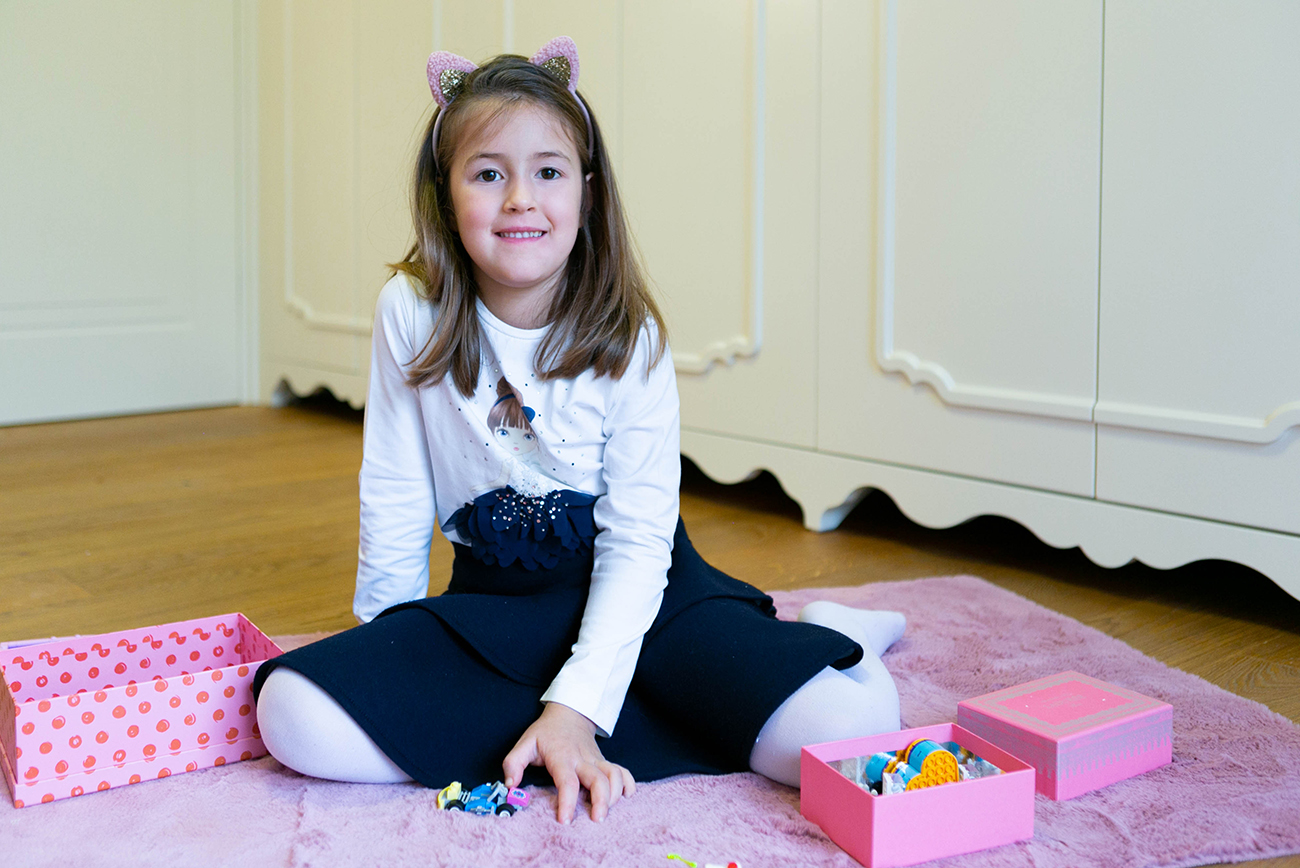Cheap and easy toys are better than fancy and costly gifts – all pediatricians agreed to that!
Christmas gifts for kids? The best is cheap and simple, and no electronics! The newly released report from the American Association of Pediatricians (AAP) could make your holiday gift suggestions extremely easy and cheap!
Pediatricians have found that the best toys for kids’ healthy development is the exact opposite of trendy and expensive.
Just in time for the holidays, the American Association of Pediatricians (AAP) has released an updated report about the best toys for childhood development – and there’s nary a screen or battery to be seen in their recommendations.
Stating that “the best toys go back to the basics,” the updated guidelines for pediatricians and families stress that although the toy aisles are increasingly filled with blinking lights, soundtracks, and screens, the very best toys for learning are the simplest toys:
- blocks
- dolls
- games
- balls

The report stresses repeatedly that even fancy, high-tech toys that are advertised as “educational” isn’t as good as basics playthings that promote communication and relationships, with parents, relatives, caregivers, and other kids.
The more we know about early brain development, the more we understand the need for play that is based on human interaction. There is no screen, video game, or app that can replace the relationships built over toys.
The report also mentions more specific tips for parents who are buying toys for their kids — and the pediatricians who are guiding parents during office visits. It advises avoiding overstimulating toys, toys that promote gender or race stereotypes, and toys that don’t foster human interaction. Instead, parents should look for toys that engender creativity, interpersonal play, and imaginative play.

Therefore, when pediatric health care providers advise parents and caregivers, it is important to stress that toys can serve an important but supportive role in enhancing a child’s social development in addition to other domains, such as language, primarily through engaging caregivers in responsive interactions and pretend play.
The pace of life in today’s society provides limited time available to many caregivers, and solitary play with toys should not be a substitute for caregiver-child interactions during play or other contexts, such as reading aloud. Electronic toys by themselves will not provide children with interaction and parental engagement are critical for healthy development.
YES TOYS:
Finally, find a list of traditional toys that promote the best types of developmental play:
Blocks (12+months)- like these simple colorful and plain wooden blocks that stimulate your child’s imagination and foster creativity during free play.
Playing with the Animal paradise wooden blocks, you help exercise your baby’s practical ability, spatial imagination, logical thinking, and coordination ability between the hand, brain, and eyes.

Pegs and Puzzles (18+monts)– this Caterpillar Peg Puzzle develops eye-hand coordination and is a great introduction to shapes and colors. The child has to organize and find the perfect fit for each whole on pegs.

Trains (36+months)- everyone loves trains: girls, boys, mama, and grandpa. Who doesn’t remember spending hours building the train stations? Find this Train track series with 26 wooden pieces to build the train station and surroundings.

Other traditional toys that promote the correct development and growth of small children:
- dolls,
- pretend cooking/food toys,
- toy cars,
- art supplies,
- card games,
- board games,
- toy letters,
- bikes,
- trikes,
- balls,
- push and pull toys.
Also, all pediatricians agree that we have to seek out toys that encourage the child to be both mentally and physically active.

I would like to suggest this family game that at the same time keep us active and fosters interactions between parents and children in supportive, unconditional play.
Like this Distance – Guessing Game is made out of 100% natural wooden material and is both educative and enjoyable. You and your child can split into 2 teams and toss the ring into pegs. It’s a fun and interactive experience, also adaptable for indoors and outdoors. Perfect for any age!

NO TOYS:
Examples of modern toys that don’t promote development include
- tablets,
- screens,
- electronic games,
- phones,
- laptops,
- toys with lights and sounds
— and any toy that substitutes a human interaction, such as a bear that reads a story.
The report finally reminds parents of current guidelines that kids under two shouldn’t be watching screens at all and kids over two should watch less than an hour a day. Even then, they should watch with adult supervision/interaction, and educational programming, and age-appropriate.
Keep in mind that toys are not a substitute for warm, loving, dependable relationships. Use toys to enhance interactions between the caregiver and child rather than to direct children’s play.
I hope that you’ll find this article useful and I helped you with the choice of the gift for your children and family members for Christmas this year!
Xxx
Joanna


